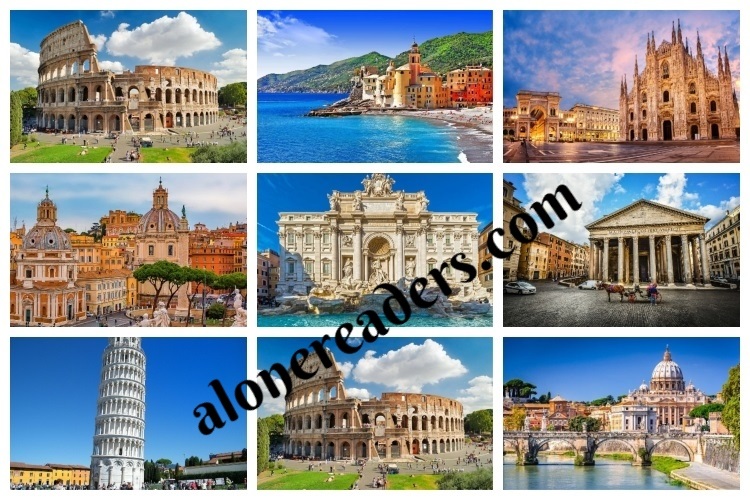
Spectacular Italy needs almost no introduction and is one of the most popular travel destinations in Europe. Italy’s impact on the world can be seen all over the country, in the beautiful artwork, crumbling ruins, and impressive palaces and castles that dot the horizon.
As well as vibrant cities like Rome where old and new mingle seamlessly, you can also enjoy the less crowded coastal areas where you can relax on sandy beaches and swim in limpid seas. In addition to exploring Italy proper, you can also hop over to neighboring Sicily and enjoy a different side of life that also offers some of the best food and drink in the region.

During your time in Rome, don't miss the opportunity to go to Vatican City and see the Pope. You may be able to catch a glimpse of him from St. Peter's Square as he delivers his weekly address on Wednesdays; however, you will also want to take a tour to see the work of Michelangelo's Sistine Chapel and the Vatican Museums. Both of these attractions are located in Vatican City.
When you go to Vatican City, you should come here to reserve your tickets in advance. Purchasing this ticket grants you access to the Vatican Museums, where you may view works of art from the papal collections as well as the renowned frescoes of Michelangelo. In addition to this, you will be able to visit the Papal Villas and the Vatican Gardens.
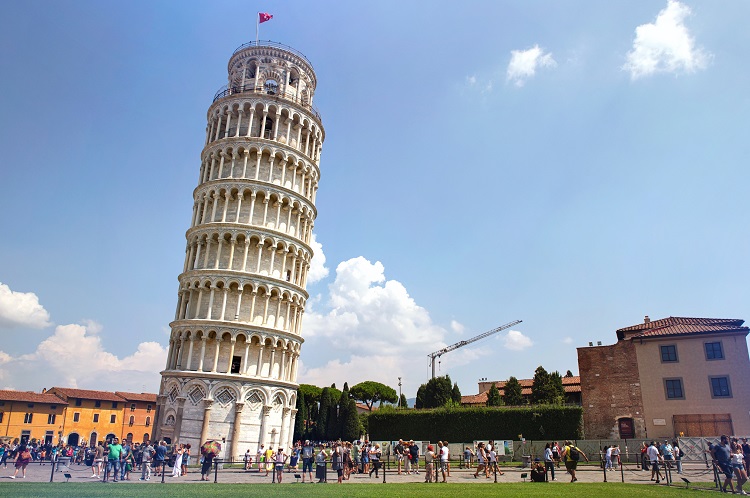
The Leaning Tower of Pisa should be at the top of anyone's list of things to do in Italy. As tourists, we weren't expecting much from this landmark, but were instead awestruck by its incredible beauty. The world-famous Leaning Tower of Pisa can be reached from Florence in just over an hour on the train.
Although it is possible to see this marvel in a day, with many tourists making the stop en route between the Cinque Terra and Tuscany, we strongly advise you to stay the night so you may see it without the crowds that accompany day trips. Visiting Italy without climbing its most recognizable landmark is a missed opportunity.
If you're up for the challenge, the 294 steps to the top are well worth it. If you're taking a guided tour, your tickets let you bypass the lines at the entrance. Reportedly, wait times sometimes exceed an hour; however, we were admitted immediately upon our scheduled entry time.
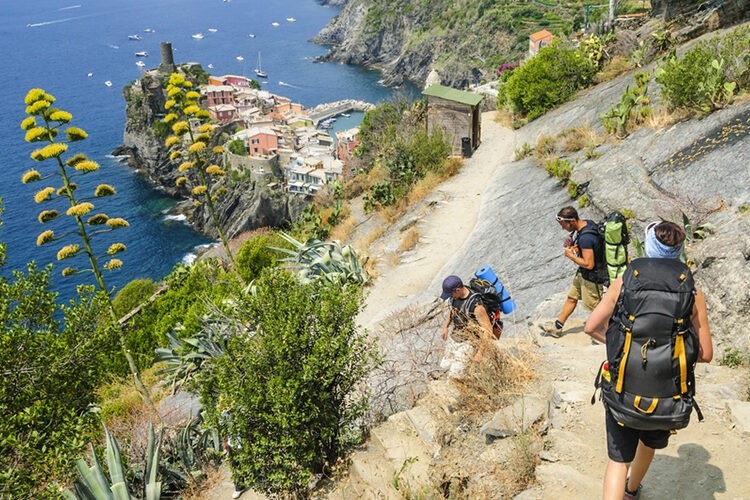
The five towns of Italy's Cinque Terre and the cliff route that connects them provide stunning vistas, charming villages, wild open landscapes, and authentic local experiences. You can hike a section of the Sentiero Azzurro, which spans 12 kilometers from Monterosso to Riomaggiore, and then take the train back or on to the next town.
The entire trail must be hiked with perseverance, sturdy footwear, and a healthy fear of heights because it is cut into nearly sheer cliffs high above the ocean with little protection from falling. Choose the two-kilometer stretch of Via dell'Amore between Riomaggiore and Manarola to enjoy the Cinque Terre without boots or vertigo.
The portion from Manarola to Corniglia is the same distance but takes a bit longer to hike, and it is also pretty easy and less busy. The trail between Corniglia and Vernazza is twice as long, and it features not only a challenging ascent on often uneven stone steps, but also pleasant strolls through olive trees and breathtaking panoramas.
The path between Vernazza and Monterosso is the longest, most treacherous, and most dizzying in its narrowness. Most people aren't willing to put in the effort required to reach the top, but those who do will be rewarded with a breathtaking vista of the five towns below.
Avoid the heat of the day and the hordes of people on the trails by hiking in the spring or fall. If you must trek in the summer, start early in the morning and seek some shade. Visit a park office near a train station to pick up a trail pass, purchase a map, and find out the latest on the status of the trails (which are prone to regular washouts).
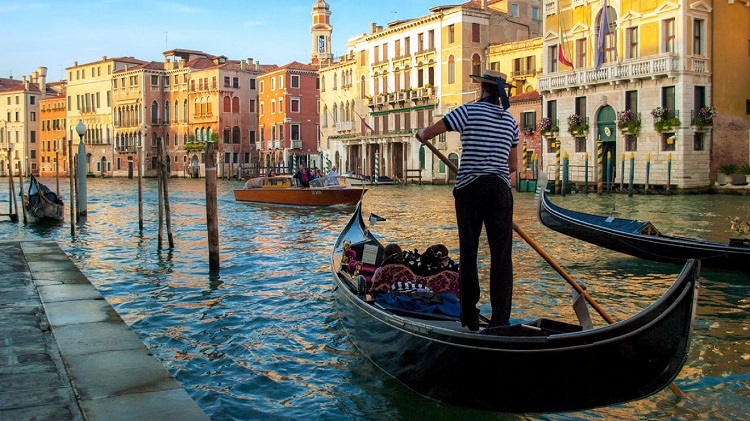
Although riding in a gondola along the canals of Venice is maybe the most cliched thing to do there, it is nonetheless one of the most beautiful ways to see the country. It is simple to locate a gondolier. You may find them on the bridges and canals of Venice, where they congregate in their distinctive striped shirts and straw hats. Talk to him or her a little to gauge your comfort level with their speaking style and level of English proficiency, as he or she will likely be your guide.
Make sure you're getting the going rate (pay at the finish, with a tip if you're happy), and agree on a route and the length of the ride before you get in.
The route and departure time are adjustable based on the rider's preferences and starting point.The Grand Canal sparkles with the reflection of the evening's lights from the palaces and restaurants that line the canal, yet the canal is crowded with other boats, making for a less private experience.
From the large gondola "parking lot" near the Doge's Palace, journeys begin with a stretch in the largest and busiest area of the Grand Canal; hence, this is the least romantic starting point. As a piece of advice, try not to take pictures to remember your experience. Instead, try to enjoy it in the moment.
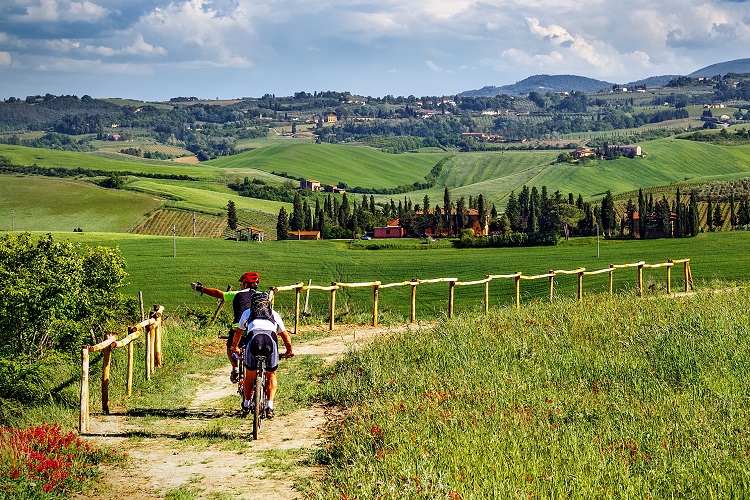
The mountainous countryside of Tuscany is best appreciated at a leisurely pace, with frequent stops to see the small towns and villages that dot the landscape in between visits to the bigger medieval cities that dot the hilltops. While a driving tour will allow you to visit more of these places, a bicycle excursion will bring you closer to the landscape and allow you to take in more of its nuances.
The orchards and fields of poppies that blanket the hills to the south and east of San Gimignano are a haven for cyclists thanks to a network of roads and lanes known as Strade Bianche (white roads), most of which are not paved and see very little traffic.
There are a number of tour operators that provide guided and autonomous cycling tours for cyclists of varying levels of expertise and stamina. These trips typically include housing, meals, and the transport of luggage, in addition to organized visits to local points of interest. When you go on a private cycling tour of Tuscany, you can go at your own pace and enjoy a trip that is completely made for you.
Remember that these winding little roads between the popular hill towns are just as much the destination as the popular hill towns themselves. At first, it may be hard for drivers to find a direct route between famous towns like San Gimignano, Volterra, Montalcino, Cortona, and Montepulciano, but they should remember that the roads themselves are the destination.

Any cook will adore learning how to create Italy's most renowned dish: pasta. In Florence, pasta and other cooking workshops are sometimes paired with a tour of food markets and shops with a local. Some are taught in a local family home, where groups of up to six cook and eat together. Others teach Florentine classics. You'll return home knowing how to create and cook great pasta.
Variations exist. One offers transportation from Florence to a Tuscan farm in Chianti for gluten-free, organic, or vegetarian Italian cuisine. Florence offers a three-hour homemade Italian pasta cooking course. All classes include hands-on experience with a chef. Other sessions teach families how to prepare pizza and gelato.
The Grand Hotel Minerva, opposite Santa Maria Novella and near the train station, has well-appointed family suites. The rooftop pool is great.
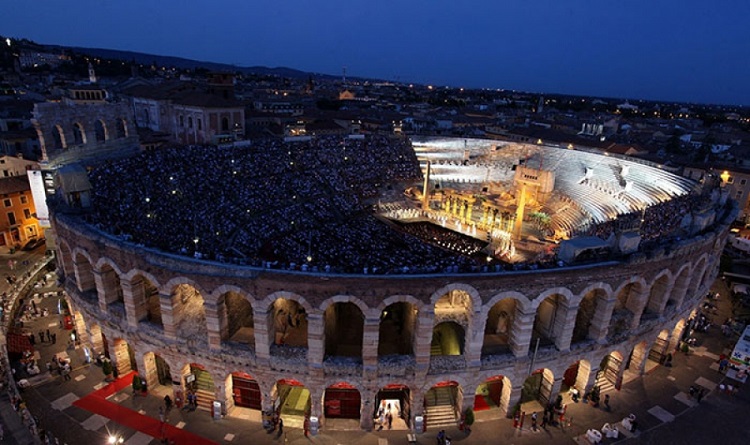
You don't need to like opera or music to enjoy a full-scale production in Verona's Roman arena. For opera lovers, it's a thrill like La Scala's opening night. The arena is one of the largest and finest surviving Roman amphitheaters, featuring vaulting and 44 rows of seating. The Verona Opera Festival is one of Europe's most important summer music events, alongside Salzburg and Bayreuth.
Under a starlit sky, the darkened arena, massive stage sets that can mimic entire street scenes and multi-story buildings, and world-class singers and musicians are breathtaking.Aida is the real hit, with Radamès floating down a recreated Nile in a boat and the Triumphal March including live elephants, horses, and camels. This biennial favorite always surprises. Even though the arena is big, it can make the audience feel like they are in the middle of a musical or play.
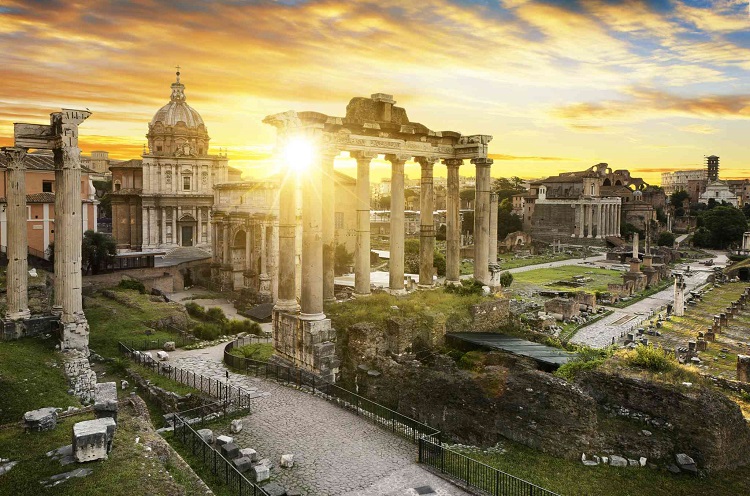
It's easy to skim the surface of Rome's ancient sites and depart without a meaningful sense of ancient life. An insider's tour of a landmark can help you understand others.
The best destination is the Colosseum, where freshly opened underground areas are accessible on in-depth tours. A skilled guide reveals the complex of tunnels, tubes, and cells deep under the arena floor, where Romans enjoyed spectacles. You'll see where gladiators and beasts waited before deadly encounters above. Lions, leopards, bears, and elephants were kept in the hypogeum before being pulled up by slaves to the arena floor.
Insider trips cover the arena floor and top terraces for a gladiator view. In-depth trips visit the Forum and Palatine Hill to see ancient Rome. Historic reenactors from the Historic Group of Rome will show you how to use gladiator weapons in a two-hour lesson. You'll learn sword fighting while wearing a traditional tunic, belt, and leather gloves. Kids' classes will be their most memorable Roman experience, and they'll leave with a diploma.
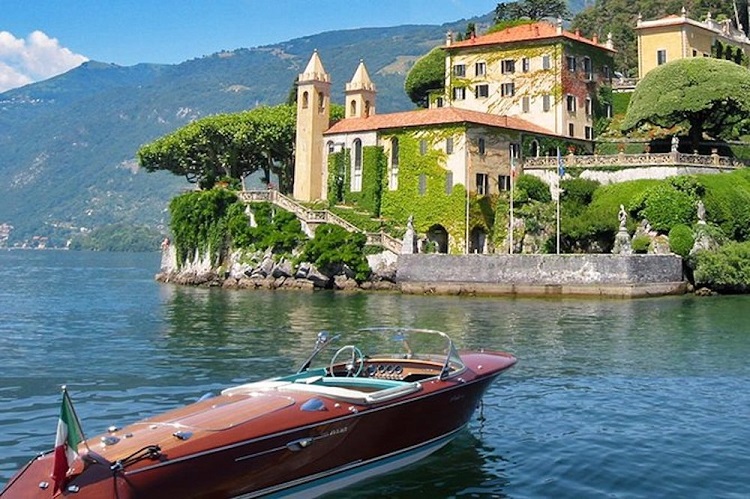
Como, Italy's most beautiful lake, is flanked by steep, green mountain sides and tiny villages and villas. Royalty and aristocrats have visited since Roman times. A lake boat cruise, passing magnificent villas and groomed gardens, is one of the best things to do in Italy.
Several houses and gardens are open to visitors, and you can get off to tour them and the villages. Plan at least two days, stopping for a night in stylish Bellagio, on the peninsula at the heart of the Y-shaped lake, where two outstanding gardens are open. Villa Carlotta's gardens are on the western Tremezzina beach, and Villa Balbianello lies on an island to the south.
While service between Bellagio and Tremezzo or Menaggio is regular, check schedules before visiting a town to ensure a return boat time. Or, spend the day on a boat, stopping at as many places as possible, and enjoy the ever-changing picture of pastel villages, beautiful houses, gardens, and snow-covered hills.
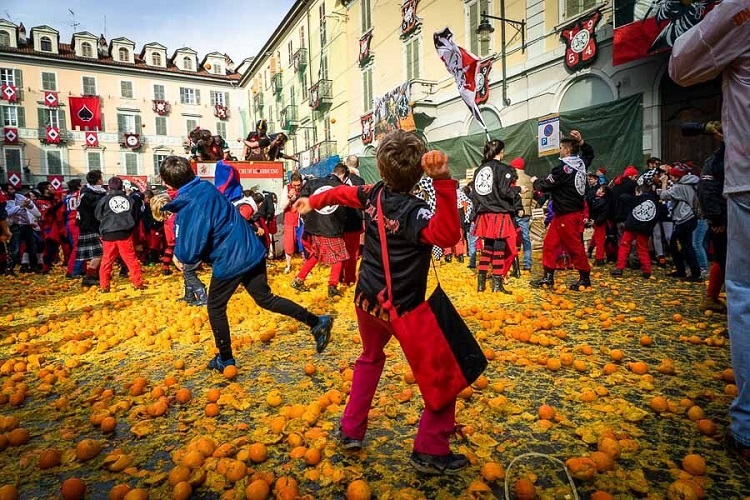
Food festival in Italy
Venice's carnival is merely one of hundreds of festivities Italians enjoy each year. Local festivals celebrate centuries-old historic events, changing seasons, holidays, patron saints, local products, and harvests, from asparagus season to truffles in November.
The most fun are local celebrations. There won't be world-famous entertainers, but there will be great cuisine, singing, music, funny contests, and surprises. A few euros will buy overflowing platters of local specialties at street-side restaurants or long communal tables in a tent. Best of all, it's an opportunity to socialize with residents, who will make you feel welcome and ensure you have a nice time. Sulzano's Cingale Festival features a wild boar supper, while Camogli welcomes May with the Fish Festival of Saint Fortunato, patron saint of fishermen, with free fried fish on the seashore. Live medieval chessmen play on a large chessboard in Marostica's main square. In Noto, Sicily, a roadway is "painted" with mosaics of fresh flowers the third weekend of May. November harvests include Alba's famous white truffles and Tuscany's Chianti region's chestnuts and olives. You'll discover posters and locals wherever you go.
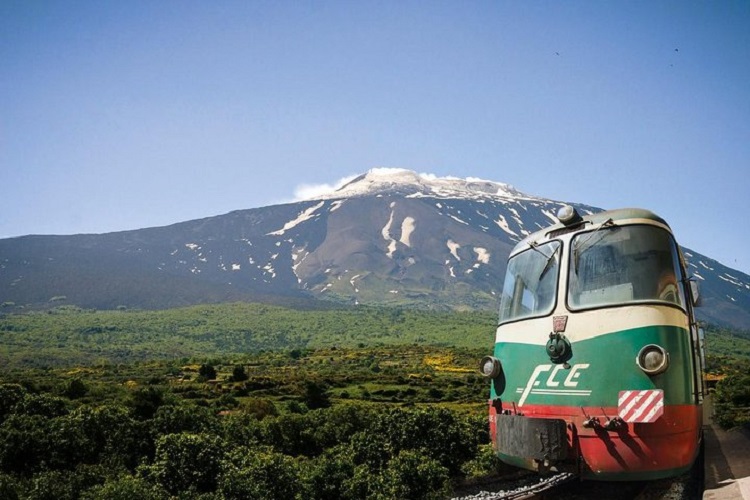
Mt. Etna, Europe's tallest and most active volcano, dominates Sicily's east coast. Etna National Park contains an active crater, volcanic vents, fumaroles, hot springs, lava flows, and an ice cave that stays frozen during Sicily's summers.
Most of these attractions can be visited on your own or with a guide. You can climb 2,500 meters or take the Funivia dell'Etna cable car. From here, you can climb or bike to 2,900 meters. Etna is always active, so you need a guide to access the upper crater. Etna's violent eruptions formed the dark, barren terrain you walk on; thus, being near the crater or lower vents is dangerous. A volcanologist or professional guide is needed. This UNESCO World Heritage Site has more than one crater. On select trips, you can explore a fumarole, a tube cave left by fast-cooling lava. Experienced climbers can access the 125-meter-long Grotta del Gelo ice cave. As the ice melts in the summer, it provides drinking water to the settlements below.Ferrovia Circumetnea is a narrow-gauge railway that circles Etna. For a more adventurous trip around Mt. Etna, drive through hill communities and through archeological sites in an ever-changing landscape. Gole dell'Alcántara (Alcantara Gorge) was carved by the Alcantara River through a lava flow.
The Etna Summit Craters: Guided Tour + Cable Car + Jeep for Experienced Hikers tour takes you to the summit craters at 3,250 meters with a volcanologist guide.Safety equipment includes helmets and trekking poles. Take a five-hour Etna Jeep Tour to explore the lower regions of the volcano's caldera. You'll tour a fumarole with helmets and headlamps to learn how lava forms these lengthy, tube-like caverns.
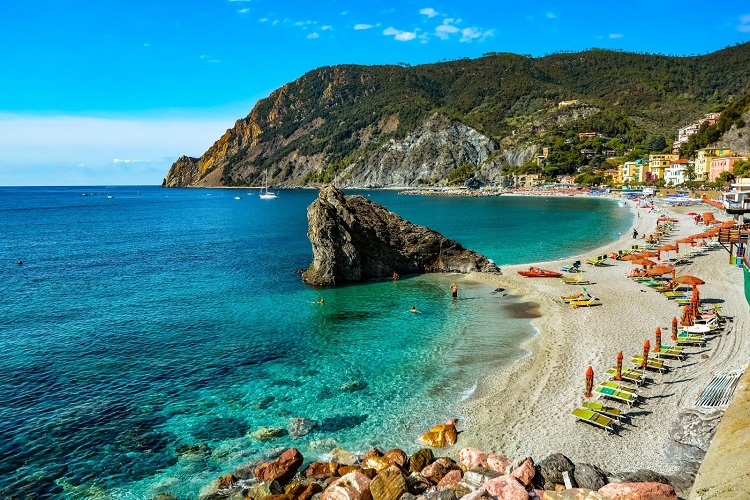
Italy's coastline offers some of Europe's best beaches, from kilometers of white sand to tiny coves concealed by rocks. In August, everyone in Italy heads to Viareggio, Sanremo, Rimini, and other Adriatic and Mediterranean tourist cities. You must rent a long strand of sand from the hotel or resort that owns it. It's as much about the social scene as the sand and sea.
Some beaches are different. Puglia, in Italy's heel, has lovely beaches in coves protected by the Parco Naturale Regionale Costa Otranto and extensive beaches in the Baia dei Turchi natural reserve. On Sardinia's west coast, the miles of white sand on the Costa Verde look abandoned, and even in the seas of the Costa Smeralda, Capo Testa and the Maddalena Islands have quiet nooks.
Or head south to Italy's toe for the beaches of Calabria, such as those below cliff-top Tropea on "La Costa degli Dei—the Coast of the Gods."
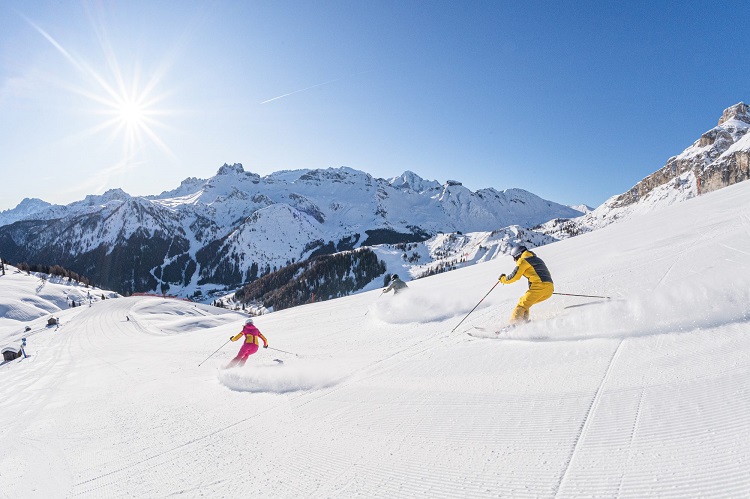
Every skier should visit the Dolomites, whether it's a day on the novice slopes of Cortina d'Ampezzo, Arabba/Marmolada, or Alta Badia or a 35-kilometer excursion. More than a dozen summits reach 3,048 meters in these Alps along Italy's Austrian border. Over 1,200 km of ski trails A single Dolomiti Superski pass gives access to lifts and trails in all 12 regions.
Cortina d'Ampezzo, the location of the 1956 Winter Olympics, has more than 30 lifts to its five summits. Cortina is known for its long runs from the mountains into town. Val Gardena/Alpe di Siusi offers a more real Alpine ambiance and varied terrain, with 160 kilometers of trails that link with three nearby valleys between the Gruppo del Sella peaks to produce more than 480 kilometers of interconnected ski routes. Skiing on the Marmolada Glacier is also accessible. You'll find terrain for all ability levels, from basic programs to off-piste ski guides.
Cortina's hotels are expensive during ski season, so consider one of the lesser resort towns, such as Alpe di Siusi, where classic inns like Garni Kostner are half the price.
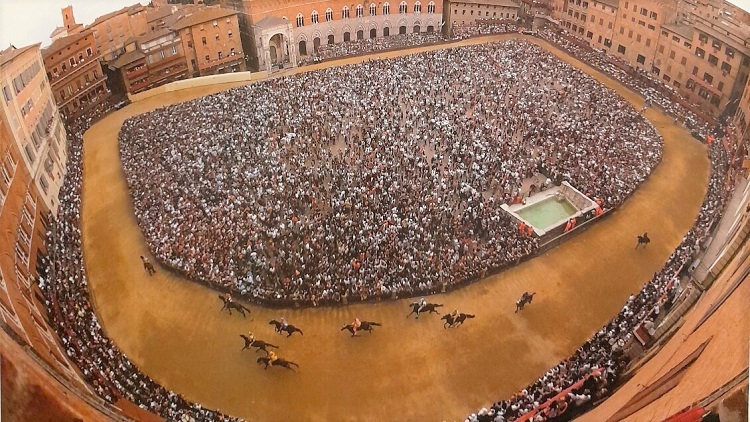
The stunning medieval city of Siena, Italy, goes into a frenzy twice a year, on July 2 and August 16, for the bare-back horserace that has encircled its main square every year since the Middle Ages. Each of the 10 horses represents a contrada, a rival neighborhood association that sponsors the contestants, and the vast, sloping Piazza del Campo is packed with supporters roaring enthusiastically for one of the horses. Scarves and banners depicting the group's mascot—a porcupine, an eagle, a gryphon, or even a giraffe—make these easy to spot.
In addition to the race around the square, there will be parades, flag-throwing displays, jousting knights in full armor, bands, and spectacular medieval costumes throughout the day. In the hours before the race, if you are able to get access to a clubhouse belonging to a contrada, you will be treated to a feast and merriment. It doesn't matter where you are in Siena on Palio day; the city will be vibrant and full of life.
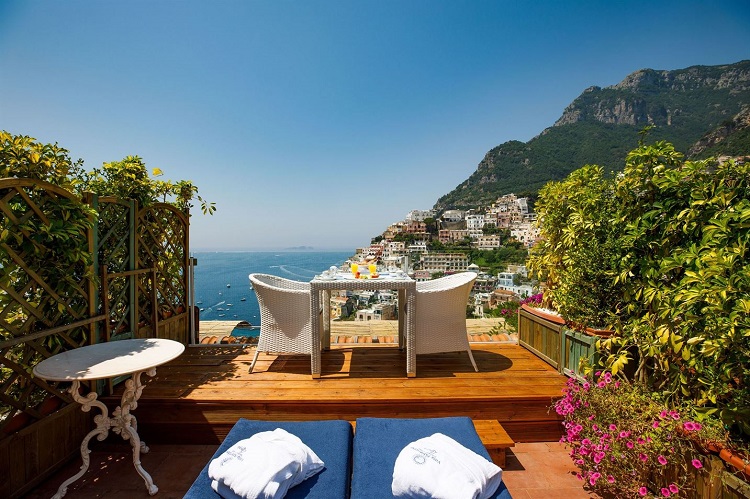
Positano is the most iconic town along the Amalfi Coast; nevertheless, there are many more locations to see along this stretch of coastline. Positano is known for its brightly colored terraced buildings that cling to the sides of cliffs along the Mediterranean Sea. Positano is known for its high tourist traffic, but if you reserve a room in one of the hotels that runs down the water's edge, you will feel as though you have been transported to a secluded, intimate haven while taking in the breathtaking views. We stayed at the Palazzo Talamo in Positano, which was near the beach, the old town, and many restaurants and shops.
You can avoid any unnecessary stress on the journey to your stay in Positano by reserving a private transfer from Naples to the town. The price per person starts at $74 USD, and you can make reservations on this page. Alternately, the cost of this shared transfer is simply $34 USD per person.